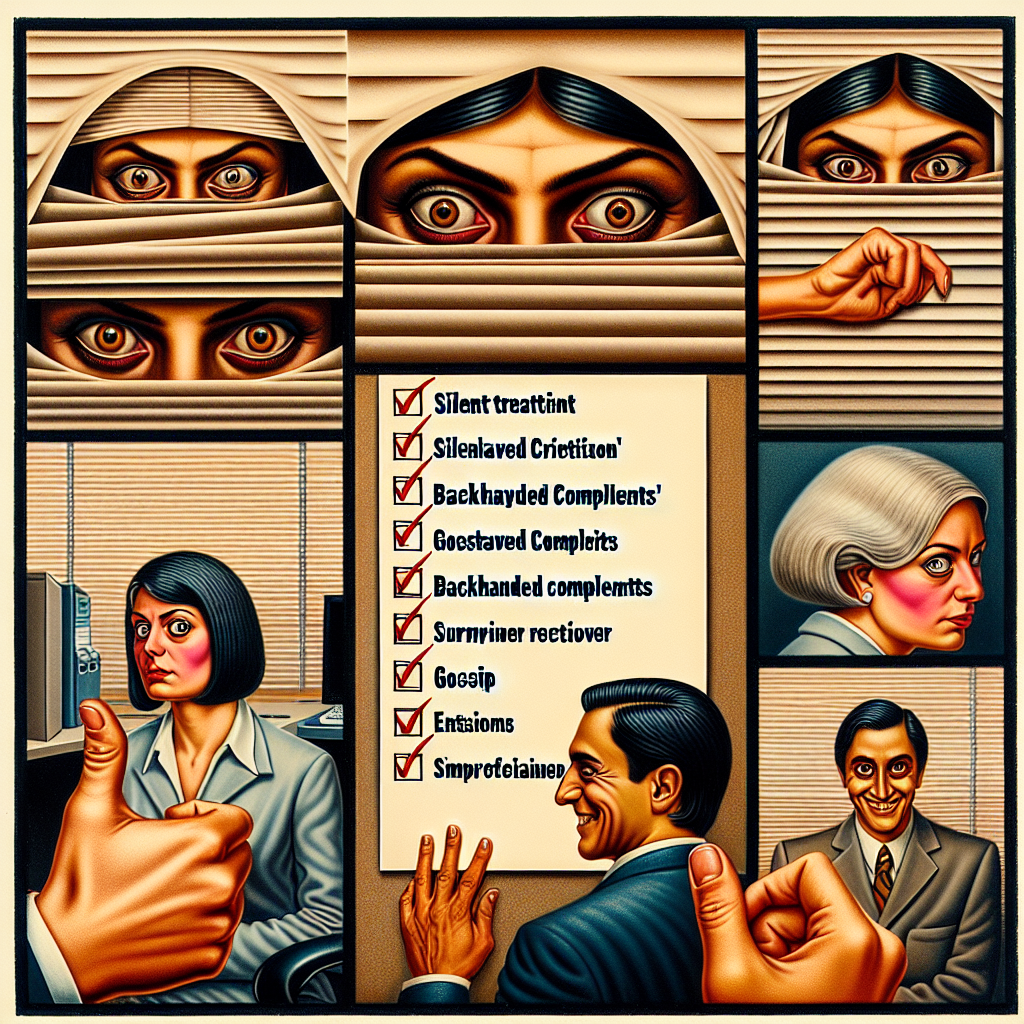Woah is me
Victim Mentality: Ideas Against the Label

In a world quick to label and judge, it's crucial we remind ourselves of the innate dignity every individual carries. Discussions often veer towards categorizing people based on their reactions to life's challenges, with 'victim mentality' becoming a buzzword. Yet, beneath this label lies a complex web of emotions, thoughts, and experiences deserving of respect, understanding, and empathy. This post delves into why it's important to hold space for every voice, acknowledging their right to ideas, the beauty of trying, the importance of emotional expression, and the intelligence of managing emotions.
Everybody Deserves Dignity and Respect
Every soul navigating the tumultuous waters of life deserves to be treated with dignity and respect, regardless of their circumstances or how they choose to voice their struggles. It's easy to overlook the courage it takes for someone to open up about their fears and pains. Behind every claim of suffering or disadvantage, there's a person striving for acknowledgment and understanding. It's not about agreeing with every perspective but about offering the basic human decency of listening and empathizing without immediate judgment.
Everyone Has the Right to Have an Idea
Ideas are the bedrock of progression, innovation, and understanding. They allow us to explore, challenge, and redefine the world around us. Thus, every individual has the inalienable right to form and share their ideas, including their perceptions of their own experiences. Some might see themselves as victims of circumstances, and it's vital to recognize this viewpoint as a significant step in their journey. Dismissing their perspective can stifle personal growth and mutual understanding.
It's Okay to Be Wrong
The fear of being wrong often paralyzes action and silences voices. Yet, it's through making mistakes that learning and growth occur. Encouraging an environment where it's safe to be wrong enables people to share their thoughts and experiences without the dread of ridicule. This doesn't just apply to academic or professional settings but in the nuanced conversations about life's struggles. Acknowledging that we all have been wrong at some point fosters compassion and patience in listening to and guiding others.
Effort Should Also Be Rewarded
Acknowledgment shouldn't be reserved for success stories alone. The effort it takes to confront personal demons, societal pressures, or systemic challenges is monumental. Recognizing and validating the struggles and the steps individuals take towards overcoming them is as important as celebrating their victories. This positive reinforcement encourages perseverance and resilience, essential qualities in the face of adversity.
Informing is Not Complaining
In an attempt to reach out and share their experiences, individuals are often dismissed as merely complaining. It's critical to differentiate between seeking support and wallowing in despair. When someone communicates their struggles, it's a step towards healing, understanding, and possibly finding solutions. This distinction is important not only for the individual's emotional well-being but also for fostering a culture of empathy and support.
Emotional Intelligence
Navigating emotions is a complex journey. Emotional intelligence is not about suppressing negative feelings but understanding, expressing, and managing them in constructive ways. It involves empathy, self-regulation, and the ability to listen deeply. Encouraging the development of emotional intelligence helps individuals handle their circumstances with a healthier mindset and supports open, productive dialogues about vulnerability and strength.
In conclusion, labeling someone with a 'victim mentality' simplifies and undermines the complex web of their experiences and emotions. It's a call to us all to approach such situations with a heart full of empathy, eyes willing to see beyond the surface, and ears open to the subtle nuances in their stories. Every person’s journey is unique, and so is their way of dealing with it. Let us be the allies that walk beside them with understanding, support, and respect. Let's remember, at the end of the day, it's not about who's right or wrong but about who we've helped and how we've enriched each other’s lives.

